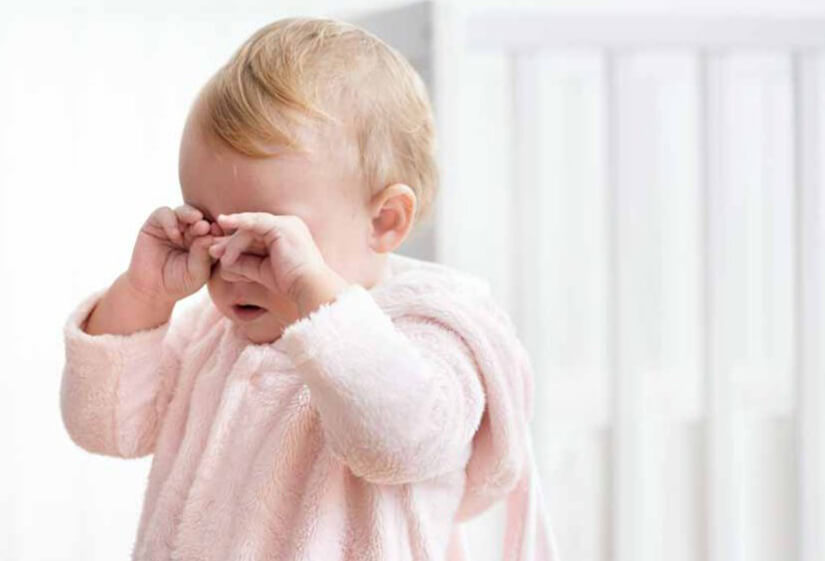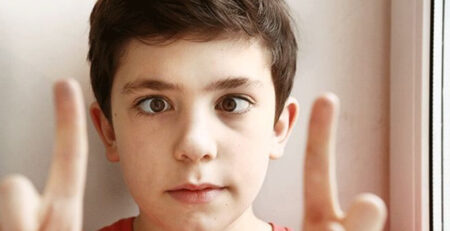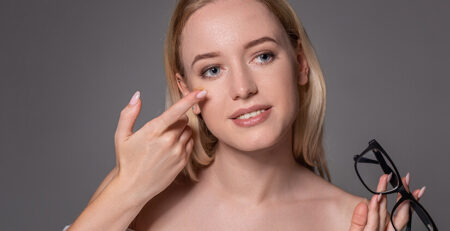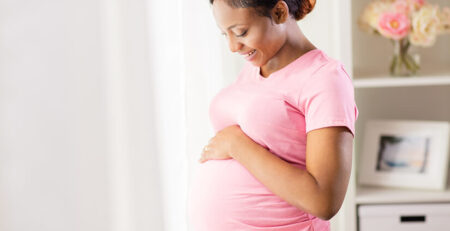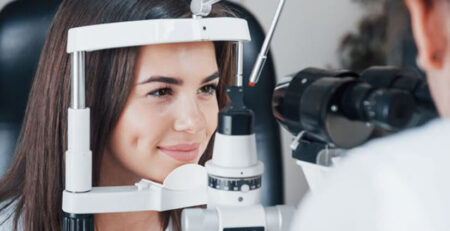Baby Watering Eyes: Causes and Treatments
When a baby’s eyes are constantly watering, it’s natural for parents to worry. Is it just irritation, or something more serious? In most cases, watering eyes in babies are manageable with timely care. But understanding the real reason behind it is essential to choosing the right path for watering eyes treatment.
Most babies experience some degree of tearing in their early months, and in many cases, it’s harmless. However, persistent or excessive watering could indicate an underlying condition that requires a doctor’s attention.
Common Watering Eyes Causes in Babies
Let’s first understand why this happens. There are several watering eyes causes in infants and young children, and most fall into one of these categories:
- Blocked Tear Duct (Nasolacrimal Duct Obstruction)
This is the most common cause. Around 5-20% of newborns are born with a blocked tear duct, preventing tears from draining into the nose. Instead of flowing into the nose, tears accumulate and overflow onto the cheeks. Symptoms typically include:
- Constant watery eyes
- Mild eye redness
- Occasional mucus discharge
Thankfully, blocked tear ducts often open up with sac massage within the first year.
- Infections (Conjunctivitis)
An eye infection, either bacterial or viral, can inflame the eye’s lining and cause watery eyes. Infections are usually accompanied by redness, swelling, and yellow or greenish discharge.
Newborns are particularly vulnerable to eye infections acquired during birth, so prompt attention is necessary to avoid complications.
- Allergies
Though less common in very young infants, allergies can cause watery eyes along with sneezing, runny nose, or skin rashes. Environmental allergens like dust, pollen, or pet dander can be culprits.
- Eye Irritation
Exposure to smoke, strong winds, bright sunlight, or foreign particles like dust can irritate a baby’s sensitive eyes, triggering excessive tear production as a protective mechanism.
- Structural Abnormalities
Rarely, babies may be born with structural problems in the eyelids (like entropion, where the eyelid turns inward), which can cause ongoing eye irritation and watering.
Understanding the correct watering eyes causes is critical because it determines the course of the watering eyes treatment that will be most effective.
When Should Parents Be Concerned?
While mild watering isn’t unusual, there are times when you should promptly consult an eye doctor in Delhi:
- Persistent watering
- Thick, yellowish discharge that crusts over
- Redness, swelling, or tenderness around the eye
- Visible discomfort or constant rubbing of eyes
- Recurring eye infections
Ignoring prolonged symptoms can lead to complications such as infections spreading to nearby tissues or impaired vision development.
Effective Watering Eyes Treatment Options
Treatment depends entirely on the underlying cause. Let’s look at how different conditions are managed:
- Conservative Management for Blocked Tear Ducts
In most cases of tear duct blockage:
- Gentle tear duct massage (Crigler massage) helps open the blockage. Your pediatric ophthalmologist will demonstrate the correct technique.
- Warm compresses applied over the inner corner of the eye can help encourage drainage.
By the age of one, about 90% of blocked ducts resolve with sac massage without invasive procedures.
- Medical Management for Infections
If an infection is diagnosed:
- Antibiotic eye drops or ointments may be prescribed.
- Maintaining eye hygiene by cleaning with a sterile cotton swab soaked in warm water is important.
Never attempt to use over-the-counter drops without consulting an eye doctor in Delhi, as improper use can worsen infections.
- Allergy Management
If allergies are suspected:
- Avoidance of known allergens is the first step.
- Your doctor might recommend mild anti-allergic eye drops suitable for infants.
- Surgical Intervention
If the tear duct remains blocked beyond 12-18 months or if infections keep recurring, a minor surgical procedure called probing might be necessary. It is a safe and quick treatment done under mild anaesthesia.
More complex cases, such as structural defects, may require specialised surgeries, which are available at advanced eye hospitals in Delhi.
Choosing the right watering eyes treatment ensures not just the resolution of symptoms but also the healthy development of your baby’s vision.
Tips for Parents to Care for a Baby’s Eyes at Home
- Always wash your hands before touching your baby’s face.
- Avoid exposing the baby to smoke, dust, and strong perfumes.
- Use a soft, clean cloth for wiping tears or discharge—never reuse tissues.
- Regular pediatric eye checkups, even in the absence of symptoms, can detect hidden issues early.
Proactive care, paired with timely medical guidance, can make a world of difference in managing watering eyes causes effectively.
Trust Your Baby’s Eyes to a Specialist
Early detection and appropriate watering eyes treatment are vital for your child’s long-term eye health. Having a trusted eye doctor in Delhi ensures that you get the right advice, the safest care, and the latest treatment options if needed.
Your baby’s eyes are their window to the world—fragile, precious, and deserving of the very best care. As a dedicated eye specialist in Delhi, I, Dr. Anisha Gupta, have had the privilege of guiding countless families through the delicate early stages of their child’s visual journey.
If your baby’s eyes are watering persistently, don’t wait and wonder. Let’s work together to find the cause, treat it early, and ensure that your little one grows up seeing the world brightly and clearly.
Book a consultation today and give your baby the gift of healthy vision for life.

